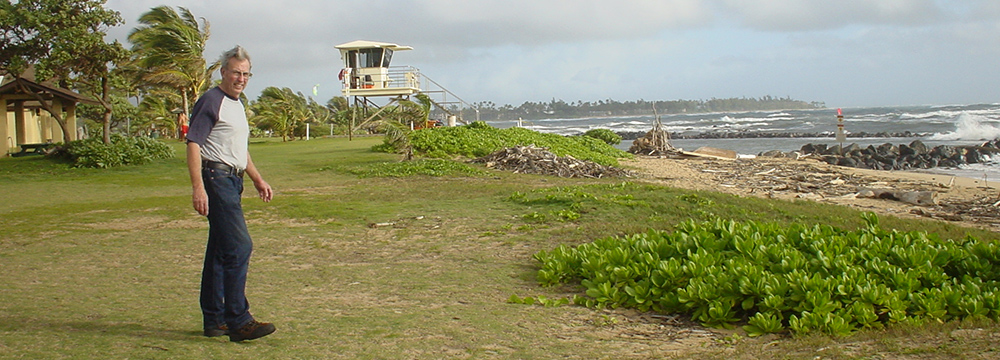“Quiet Time” Christian Style
In the January 15, 2014 edition on the San Francisco Chronicle, in the Opinion section under the heading, ‘Open Forum On Meditation’, David L Kirp, a professor of public policy at UC Berkeley, who is the author of Improbable Scholars: The Rebirth of a great American School District and a Strategy for America’s Schools argues that America’s students, of all ages, do better when they observe a “quiet time” during the school day. Kirp states that students learn better, and more, are less rowdy, stressed, and restless, experience less suspensions, and show higher improvements than other students who do not have daily quiet times. Accompanying the article is a photo that shows Barry Zito (a pitcher for the San Francisco Giants baseball team), David Lynch, and Russell Brand meditating “with students during Quiet Time at Barton High.” Kirp describes the process: “Twice daily a gong sounds in the classroom and rowdy adolescents, who normally can’t sit still for 10 seconds, shut their eyes and try to clear their minds.”
There is no real sense in arguing this practice might be a violation of the separation of church and state. Of Course, a “prayer time” would not be acceptable, but a “quiet time” and “meditation” are not terms clearly and directly linked to any particular religious practice or group.
Maybe I should campaign for Christians to take up practicing “quiet time.” Wait a minute here though, the quiet time is nothing new to Christians who have in fact been doing the same for twenty plus centuries. We call it prayer, or devotions, or meditations as well, but millions of Christians have their daily quiet times.
At Miller Avenue Baptist Church where I am pastor we do have a quiet time built into each worship service: we have free form and written prayers; there is a time for silent prayers; we have a time for reflection. Then we listen in silence while portions of Scripture are read. A sermon is given, and here again is a time for quietly absorbing thoughts on our Faith and Practice.
As a new Christian, in 1963, I began a devotional discipline, usually in the mornings when my work schedule allowed. It included the reading of a number of chapters of the Bible followed by some minutes of prayer. I used a prayer list, also noting the date of the prayer, the specifics of the prayer, and an “answer” column. (Below is a sample of my prayer list.)
It is more than a quiet time; it is stillness, peacefulness, and focused consideration on the God I worship and serve.
I have tried the kind of ‘quiet time’ Kirp presents in the Chronicle article, and it does not work for me. A clearing of the mind is impossible for me to achieve, and if we would admit it, thoughts, sensations, and feelings constantly intrude themselves into our conscious mind. But the pleasant reflection on and consideration of the grace and mercy given to me in Jesus is rich and satisfying. The God who loves us immensely — we spend time in His presence, since we have the abiding and indwelling Holy Spirit; it simply cannot get any better. Sitting alone with our Bibles, mindfully focused on the Father, Son, and Holy Spirit, not needing music in the background or any other such artificial device, we close or open our eyes and have the most wonderful quiet time. I treasure mine and look forward to these special times.
After reading Kirp’s article in the paper this morning, I felt the desire to remind those of us who trust in Jesus that perhaps the age old discipline of the devotional time has been minimized in our experiences. Do you have a time when you are alone and look to Him who has rescued you from your constant self interest? If not, please do not feel guilty but challenged to take up the ancient ways or our forefathers in the Faith.
MY PRAYER LIST
| Date | Prayer | Answer |
BIBLE READING FORMAT
3 CHAPTERS IN THE OLD TESTAMENT
2 PSALMS
3 CHAPTERS IN THE NEW TESTAMENT
As you read, think about what you are learning. After reading each chapter determine what the main themes are and what may apply to you. Use critical thinking as well by asking the hard questions, and note the instances where you would like to have had more information.
